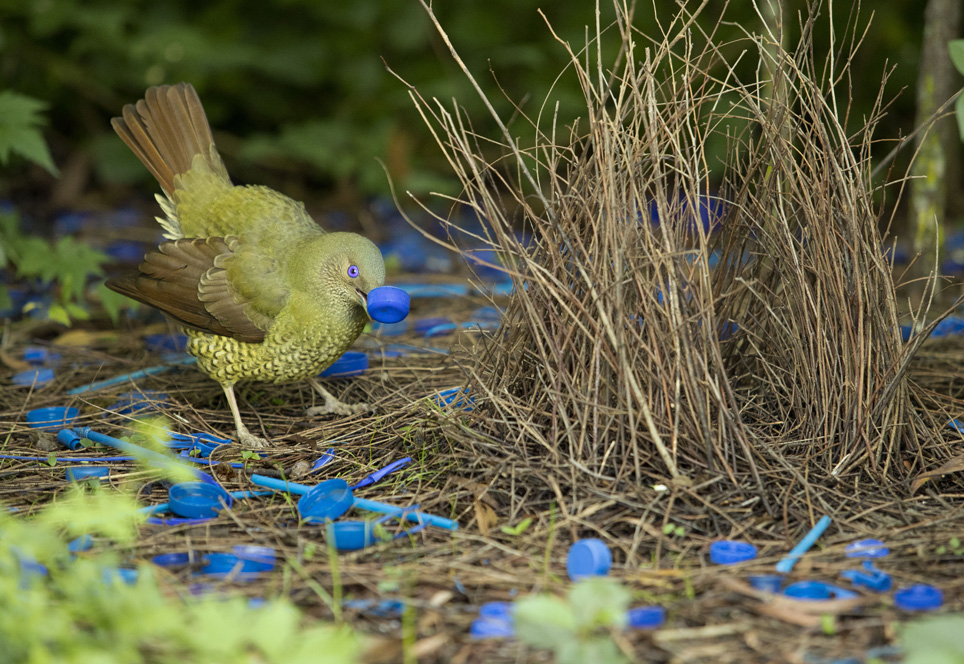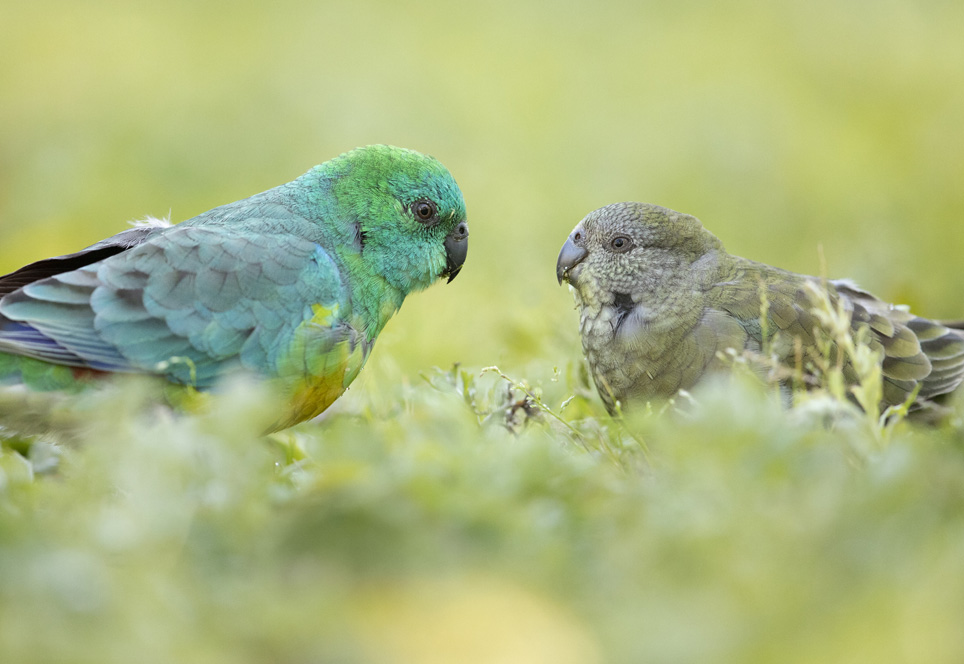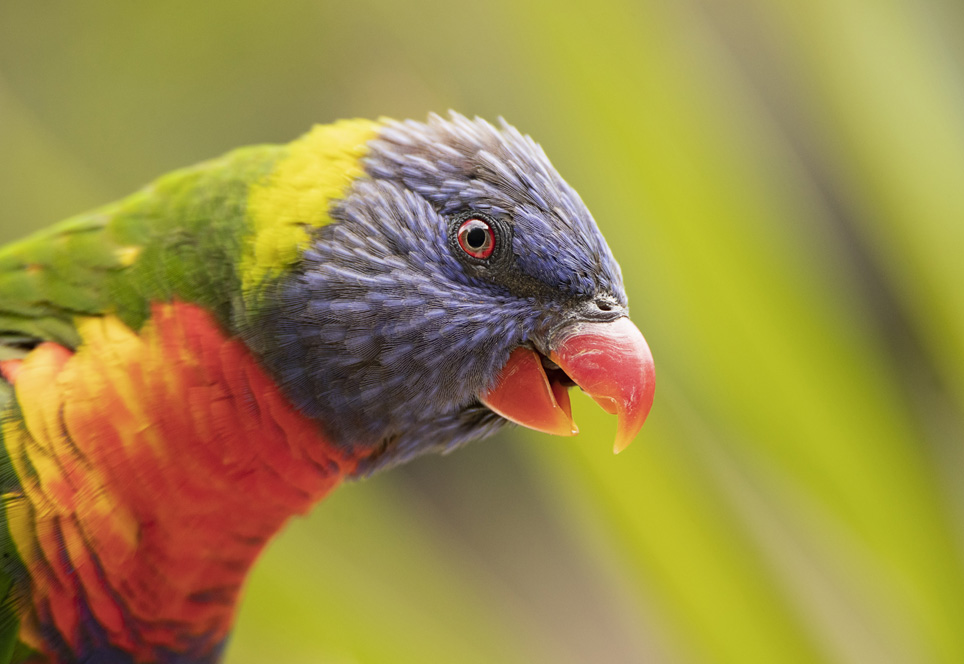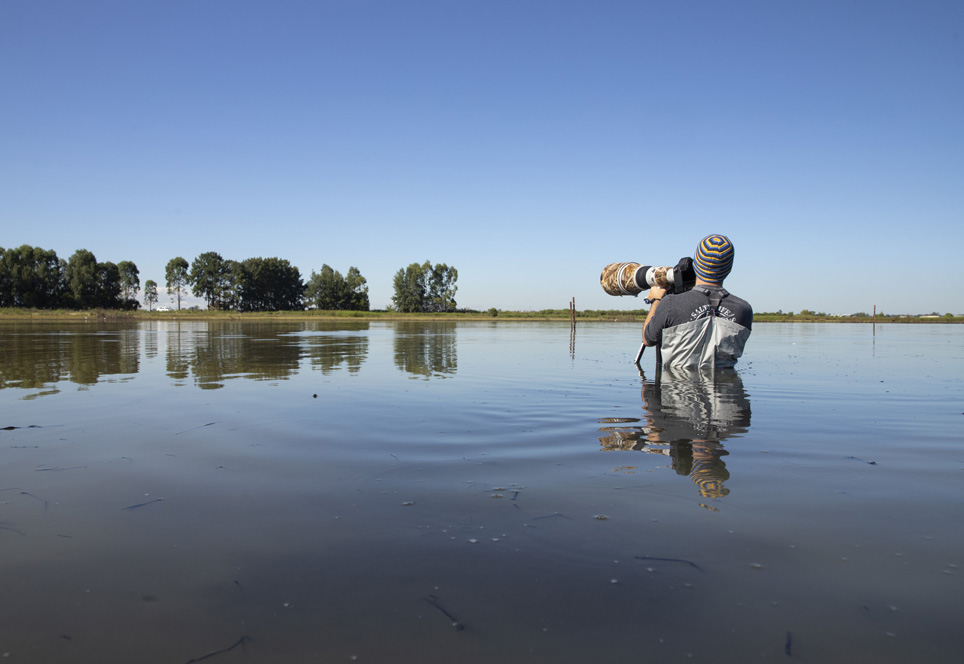A set of personal tips to give you better results when photographing birds.
Introduction
Birds! They’re virtually everywhere and always there. However,photographers and birdwatchers alike agree that photographing or spotting them can be a harrowing ordeal sometimes. Fortunately, the progression of telephoto lenses and binoculars have allowed us to observe them from far distances while allowing the animal to stay undetected.
Photographing them is a whole different story, nevertheless. Therefore, also providing us with a higher success rate and a better chance of getting up close in many scenarios. But what can you do to get even closer or to capture a bird’s behaviour intimately? Well, here are my 6 top tips based on actual field experience.

A Reed Warbler perched on swamp reeds.
1. Study and observe your subject.
It’s always helpful to know what you want to photograph before you do. Here’s where research and observation weigh in by giving you unique ideas on what to capture. Here’s when a simple portrait can evolve into a story with several shots that showcase a specific moment.
A classic example of this is my experience with Satin Bowerbirds. I spent a month studying and then 2-3 months on a daily stakeout where I would camouflage myself and watch the bowerbirds tend to their bower. Nevertheless, when the opportunity presented itself, I knew exactly how to photograph my subject to obtain the desired results.

A juvenile male Satin Bowerbird tending to its
2. Start you day before the birds.
There’s no doubt that birds are early risers. In fact, birds wake up so early that some people use them as natural alarm clocks. However, what many people do not know is that birds are more active in the morning. Therefore, this gives you a better chance of photographing bird behaviour.

A pair of Red-Rumped Parrots starring into each other.
Light is also essential when trying to get the perfect shot. It has the power to change the subject’s mood, highlight a part of the image, or even ruin the entire photo. Coincidentally, the light is always softer during dawn when birds are more active. Therefore, giving you the perfect window of opportunity to align the right composition with the perfect lighting
3. Stay away or hidden.
Instinctively, most birds are not necessarily used to humans and will flee or become shy when encountered in the wild. This can be a challenge as shy and alert birds do not behave normally and stress easily.

Peaceful interactions between a dingo and humans while encountering them in the wild.
Ethically, the best option is always to stay away to permit the animal to have its own personal space. Telephotos and teleconverters are great solutions to this challenge. However, when the distance is too much, photo blinds and hides are always a good alternative. This allows the animal to continue unstressed and carry on activities without fleeing or being alerted.
4. It’s all about the perspective.
When composing an image, it is crucial to think about what perspective suits the subject. With bird photography, people tend to point upwards and capture a bird on a branch without necessarily thinking about the angle or how the final will look like. However, I can tell you for a fact that perspective is a game-changer.

A Rainbow Lorikeet aggressively chirping.
A photo’s perspective can change how the viewer connects to the picture on an observer’s level. Therefore, personally, I try to get the viewer on the same level as the animal by joining them through a glance, stare, or activity seen at eye height. Here the subject catches the viewer’s attention simply by unknowingly interacting with the observer.
5. Think outside of the box.
Truth be told, the most captivating photo is the one that showcases an untold story from an unknown angle. By this, I mean images that powerfully display intimate moments, such as moments between a chick and a mother in a unique angle or a photo taken from underwater of a bird’s paddling feet. The key is to think completely outside of the box.

Lucca Amorim photographing waterfowl.
Although challenging, here are where true gems are crafted and where truly stunning photos are born. It is also where inspiration comes in, leading each photographer to a potential masterpiece.
6. Remember to have fun.
Last but not least, always remember to have fun! Birds are mesmerising creatures to observe and also a good photograph challenge for anyone. However, the true key to unlocking inspiration is to be relaxed and comfortable. In many cases, this opens doors to fantastic wildlife encounters, unforgettable stories, and great photos. Above all, it’s a gateway to enjoying nature to its fullest.